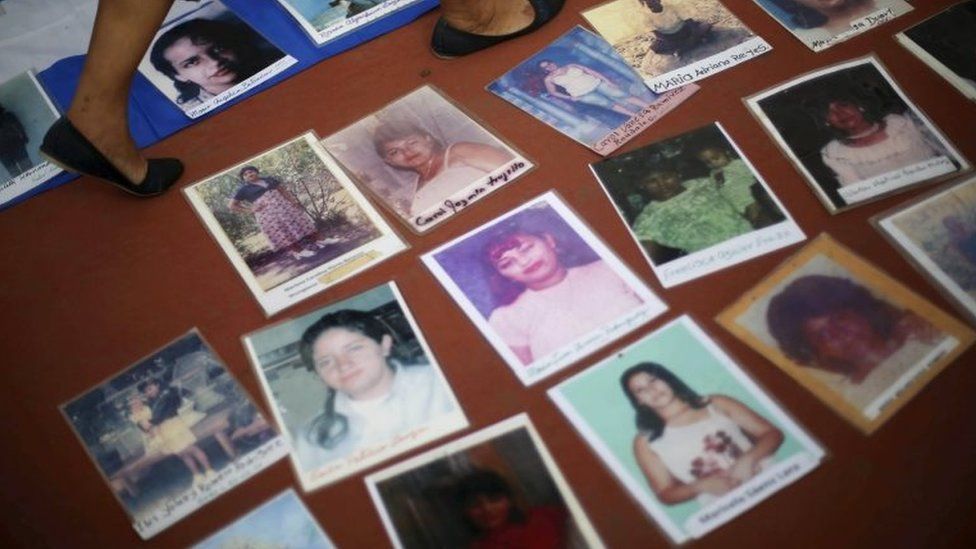Mexico body discovery: Remains of 19 people found in Guerrero
- Published

Forensic experts have found the remains of at least 19 people outside a village in the Mexican state of Guerrero.
Police are expected to compare the remains with DNA samples taken from more than 600 families searching for missing relatives in the state.
Last year, the disappearance of 43 students in Guerrero drew attention to the thousands of people who have gone missing there in the past years.
Guerrero is one of Mexico's most violent states.
Burned remains
The BBC's Katy Watson in Mexico City says officials were acting on an anonymous tip off and found the bodies after a long search.
They had been dumped at the bottom of a narrow canyon. Eight of the bodies had been burned.
Police are not ruling out the possibility of finding more remains at the site.
Guerrero residents have found scores of mass graves since September 2014, when 43 students went missing from the town of Iguala.
However, just one site, a rubbish dump outside the town of Cocula, contained the remains of one of the 43 students.
The identities of most of the other remains have yet to be established.
The relatives of the students are meanwhile clinging on to hope that their loved ones may still be found alive.
The missing 43 at a glance
Who are they?
The 43 were all students at an all-male teacher training college in the town of Aytozinapa, in south-western Guerrero state. The college has a history of left-wing activism and the students regularly took part in protests.
What happened to them?
They disappeared from the nearby town of Iguala on the evening of 26 September 2014 amid a confrontation between municipal police and the students during which six people were killed.
Have any of them been found?
Independent forensic experts have matched charred bone fragments reportedly found at a rubbish dump near Iguala to Alexander Mora, one of the 43 missing students. They also say there is a high probability another set of remains could belong to Jhosivani Guerrero de la Cruz, another of the students. However, experts from the Inter-American Commission of Human Rights say the chain of evidence was broken and they could not be sure the bone fragments had been found at the dump.
What is the government's version of events?
According to the official report, the students were seized by corrupt municipal police officers who handed them over to members of a local drugs gang. The drugs gang mistook the students for members of a rival gang, killed them and burned their bodies at the dump before throwing their ashes into a nearby stream.
Why do the families not believe the official report?
They think officials have failed to investigate the role soldiers from a nearby barracks may have played in the students' disappearance. The government has refused to let the soldiers, who were in the area at the time of the disappearance, be questioned by anyone but government prosecutors. The families also point to the report by the Inter-American Commission on Human Rights which said that there was no evidence the bodies of the 43 were burned at the dump.
- Published30 September 2015
- Published4 November 2015
- Published21 October 2015